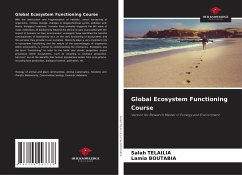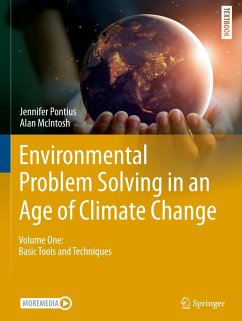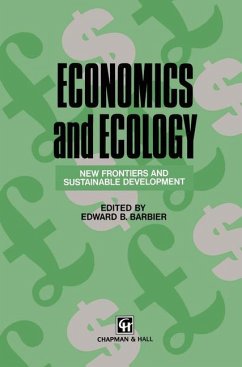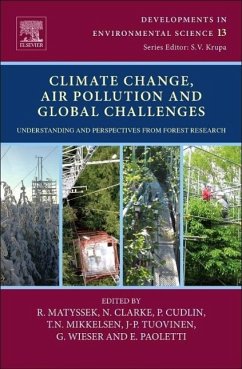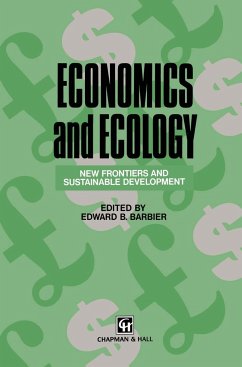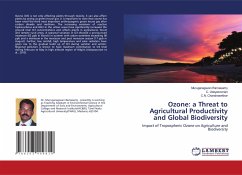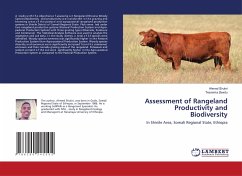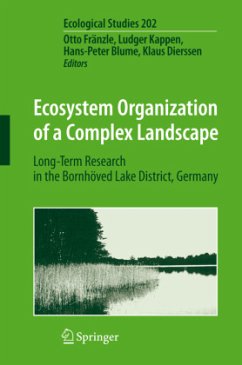
Plant species diversity and plant productivity on ecosystem processes
Versandkostenfrei!
Versandfertig in 6-10 Tagen
43,99 €
inkl. MwSt.

PAYBACK Punkte
22 °P sammeln!
The relationship between species diversity and ecosystem stability is controversial. Tilman et al. 1997 analyse biomass patterns over a decade in a grassland experiment with artificial plant communities, and provide evidence for a positive relationship between the number of plant species and the temporal stability of the ecosystem. Bezemer et al., (2006) deduce that the temporal stability was not related to species richness, but there was a positive relationship with biomass (r=0.62), whereas productivity was negatively related to extinction (r=-0.89) and colonization rates (r=-0.68). Biomass,...
The relationship between species diversity and ecosystem stability is controversial. Tilman et al. 1997 analyse biomass patterns over a decade in a grassland experiment with artificial plant communities, and provide evidence for a positive relationship between the number of plant species and the temporal stability of the ecosystem. Bezemer et al., (2006) deduce that the temporal stability was not related to species richness, but there was a positive relationship with biomass (r=0.62), whereas productivity was negatively related to extinction (r=-0.89) and colonization rates (r=-0.68). Biomass, in turn, was strongly positively related to legume abundance (r=0.82), which was lowest in non-sown plots. Legume abundance therefore strongly influences relationships between diversity and functioning in plant communities, as in artificially assembled communities. Bezemer et al., (2006) show that a long-term positive relationship between biodiversity and ecosystem stability also occurs in plant communities that have not been weeded after sowing.



